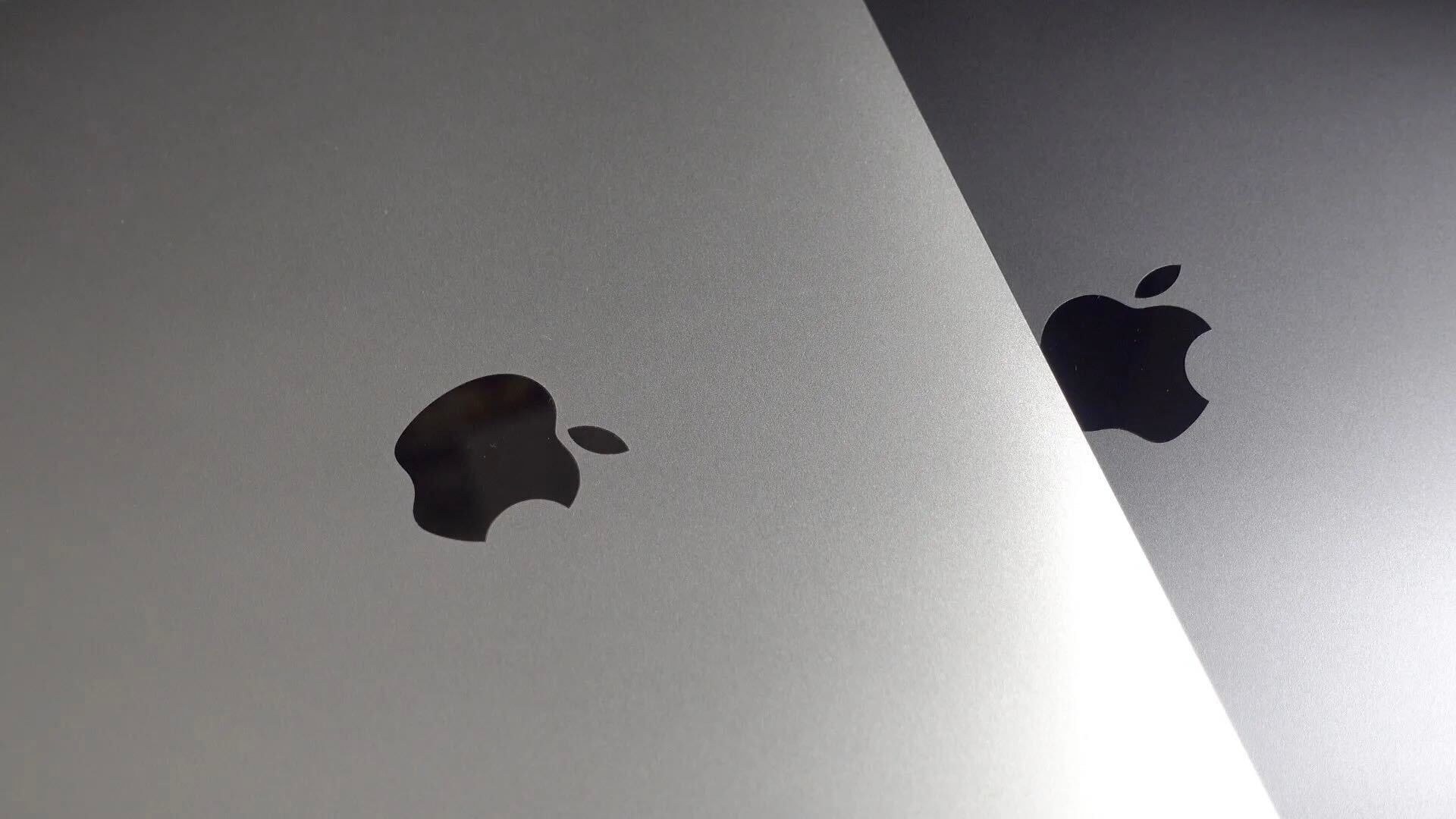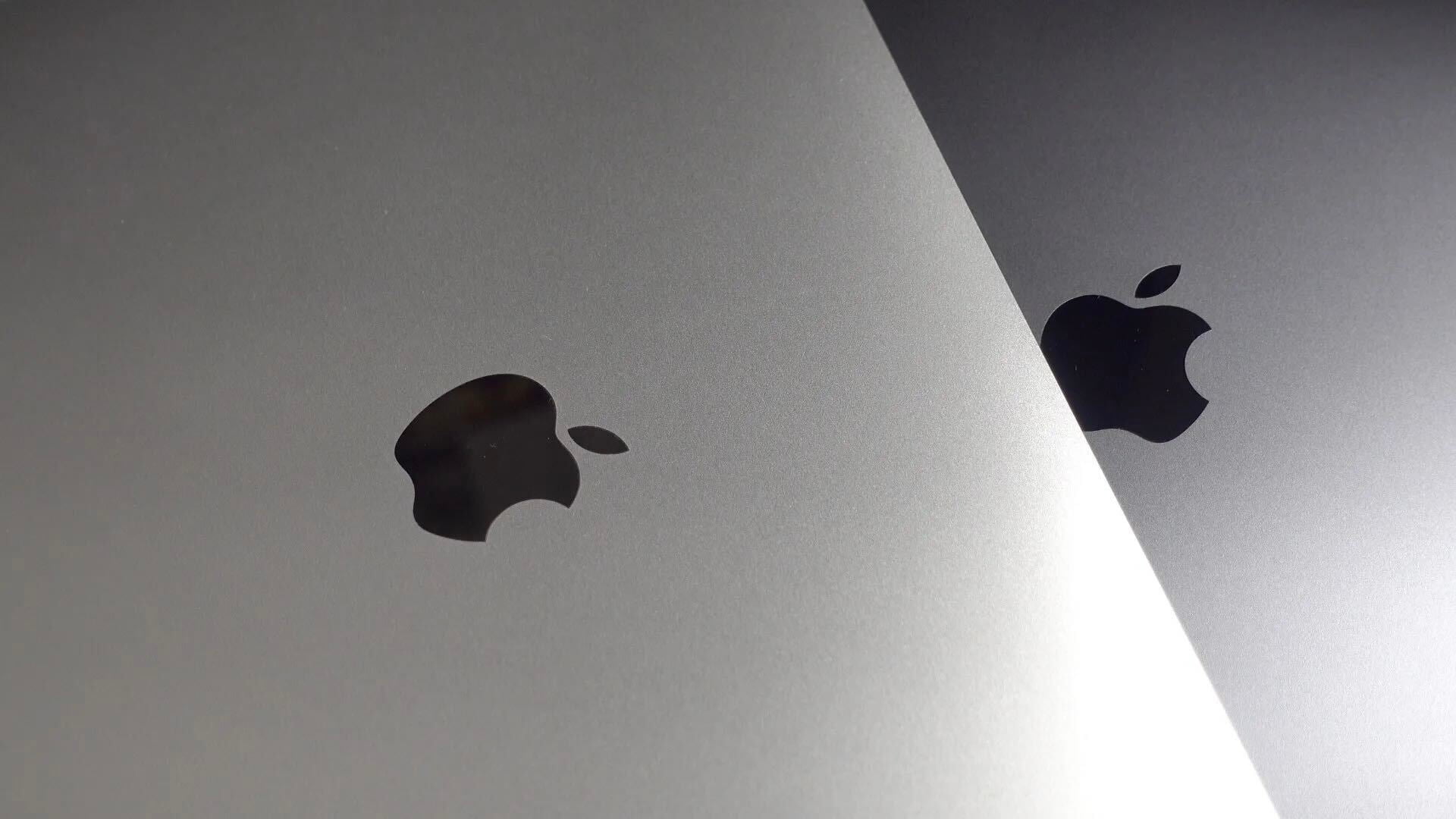Dexcom announced today that it’s preparing updates to its two mobile apps that will allow users of its Continuous Glucose Monitor System to track everything straight from Apple Watch. The apps will not only let users view their own glucose information, but also invite others– parents or caregivers for example– to monitor the data from their own Apple Watch.
The Dexcom sensors that will work with Apple Watch, the G4 PLATINUM Glucose Monitor System, requires users to embed a sensor just underneath their skin and attach a small Bluetooth LTE receiver to transmit the data to iOS and the Apple Watch:
Continuous glucose monitoring is considered the most significant breakthrough in diabetes management in the past 40 years1. The traditional standard-of-care for glucose (blood sugar) monitoring has been a finger stick meter. CGM augments the use of glucose meters for the management of diabetes. Meters are still required to calibrate CGMs and for guidance in making therapy and meal decisions. CGM is important because, in addition to providing the glucose level, it provides the direction and rate of glucose change with the push of a button and alerts users when glucose is too low or too high.
The Dexcom apps— Dexcom Follow and Dexcom Share2— will be updated by April 24th with Watch support, just in time for the first shipments of preordered Apple Watches arriving to customers.
You can get more info on purchasing the G4 PLATINUM Continuous Glucose Monitor System — the receiver kit costs around $1000— on Dexcom’s website.
FTC: We use income earning auto affiliate links. More.







If you’re not faint of heart, there’s an informative video of how the Dexcom works/gets inserted at https://www.youtube.com/watch?v=pPQ5oefkmNI
This looks cool – but what I dont get is why do you still have to pinger prick every 12h to calibrate the unit. Finger pricking is horrible, but to still have to do it twice a day seems baffling. Why can this unit not figure out what the blood glucose is itself? It seems all it can do it take a reading and relate it to what the finger pricker said it was, and then show a constant output based on that. It doesnt seem to be able to relate what it measures to a usable number itself.
I am in NZ, and I see the receiver is about $1000, the transmitter is about $1000 and a pack of 4 sensors is about $500. How can anyone afford to use this system?? $500 in disposables each month…
The unit seems quick bulky too that goes on your skin. Does it not get caught on clothes etc? For those people who do sport, have you ever had them be ripped off? Damn expensive thing to be ripped off prematurely…
I am T1D, diagnosed last year when I was 31 – late onset for some reason. I havent had the ‘luxury’ of being able to try older versions of this type of thing, so I gather this is quite some improvement over what older versions were like, or other brands. Like anything, technology evolves and improves, so in 5 years time these things will no doubt be tiny. But I just cannot get over the price… And the waste for that matter, how much ‘stuff’ you need to be able to insert one of these things.
Regards
WanaGoJ
Hi, So I came across this today, and while the post is old, I notice your comment isn’t that old, so I can answer some of your questions.
I’ve been a T1 for 26 years. I’ve had a Dexcom share for about 6 months. IMO, it’s amazing. Best thing to ever happen to my diabetes. It is super expensive, but if your insurance has good DME coverage, (Same coverage that pays for things like power chairs, wheelchairs and canes…), it can help. Because of my insurance, I don’t have to pay anything. They just ship me boxes of sensors every 3 months…
You do have to calibrate it every 12 hours, but honestly, that is way less than the 6-8 times a day I had to prick my finger before having the dexcom. To maintain tight control, (between 80-130), you’ve got to test constantly, or have one of these things… The reason you have to calibrate is because it isn’t testing your blood sugar via blood, it’s testing it via interstitial fluid, and it generates a baseline, but it doesn’t know what that is in relation to your body. The newer ones that are coming out in a few years are supposed to be calibration free, though not sure how exactly.
It isn’t really bulky either. FDA has only approved them to go on your torso, but I almost always put them on my arms. It doesn’t ever get in the way or anything; it’s only sticking out maybe 2-3 centimeters tops. It can hurt to insert at first, but the new ones are way better than what we had in 2010… And the fact that you can see exactly where your BG is at any moment is worth any pain. ESP when you’ve had T1 for years and are starting to face down complications. It’s a crappy disease but you’ve got to make the best out of a crappy situation. If you have insurance I’d highly recommend you get one of these things, it really has helped so many people, (me included), tremendously.
Wow. This is impressive. I can remember a diabetic playing on my daughter’s soccer team. They had to take her out periodically to check glucose levels. I could imagine a fanny pack of sorts for athletics and contact sports with a watch inside.
You wonder if pace makers, thyroid monitors, hematocrit monitors, white cell count monitors are very far behind.
As a current Dexcom user, this is exciting. Now if Dexcom can just find a way to eliminate the receiver (item labeled #3 in the picture) that would be great.
Hi, I am not familiar with this product so I apologise in advance if I am giving the wrong information but I *assumed* that item #3 wasn’t needed if you have an iPhone and since the bluetooth transmitter talks to your iPhone and you carry that around with you all day, you’ve pretty much eliminated it.
Maybe even when the Apple Watch allows for stand alone Apps (which don’t require the need of an iPhone to be paired to it), this device may even talk directly to the watch.
No need to apologize…
How this works today: item 1 (sensor) attaches to item 2 (transmitter/battery) and attached to the body. Combined, they send data to item #3 (receiver). The reciever takes the data and plugs it into an algorithm. The algorithm’s output is a glucose value.
The receiver connects to the iPhone via Bluetooth. Iphone uploads the value to Dexcom’s cloud service. When you open Dexcom’s “share” app, it downloads the values.
With the watch, the app will just be another display tool for the user.
Hopefully this puts a bit of competition into the market – $>700 for the transmitter seems steep (cost of the R*D/algorithm aside) – though can understand cost of $50 odd per sensor. Just being able to monitor easily and get notifications on wrist might be useful – are they looking to make the accompanying apps work with Apple Watch?
It looks like the Dexcom G5 removes the need of a receiver and the sensor can transmit data through Bluetooth to both a receiver and the iPhone/AppleWatch. That’s the only reason I don’t want to buy the G4 Platinum right now but they’re still waiting on approval from the FDA which will unfortunately take time. I think they submitted for approval in February